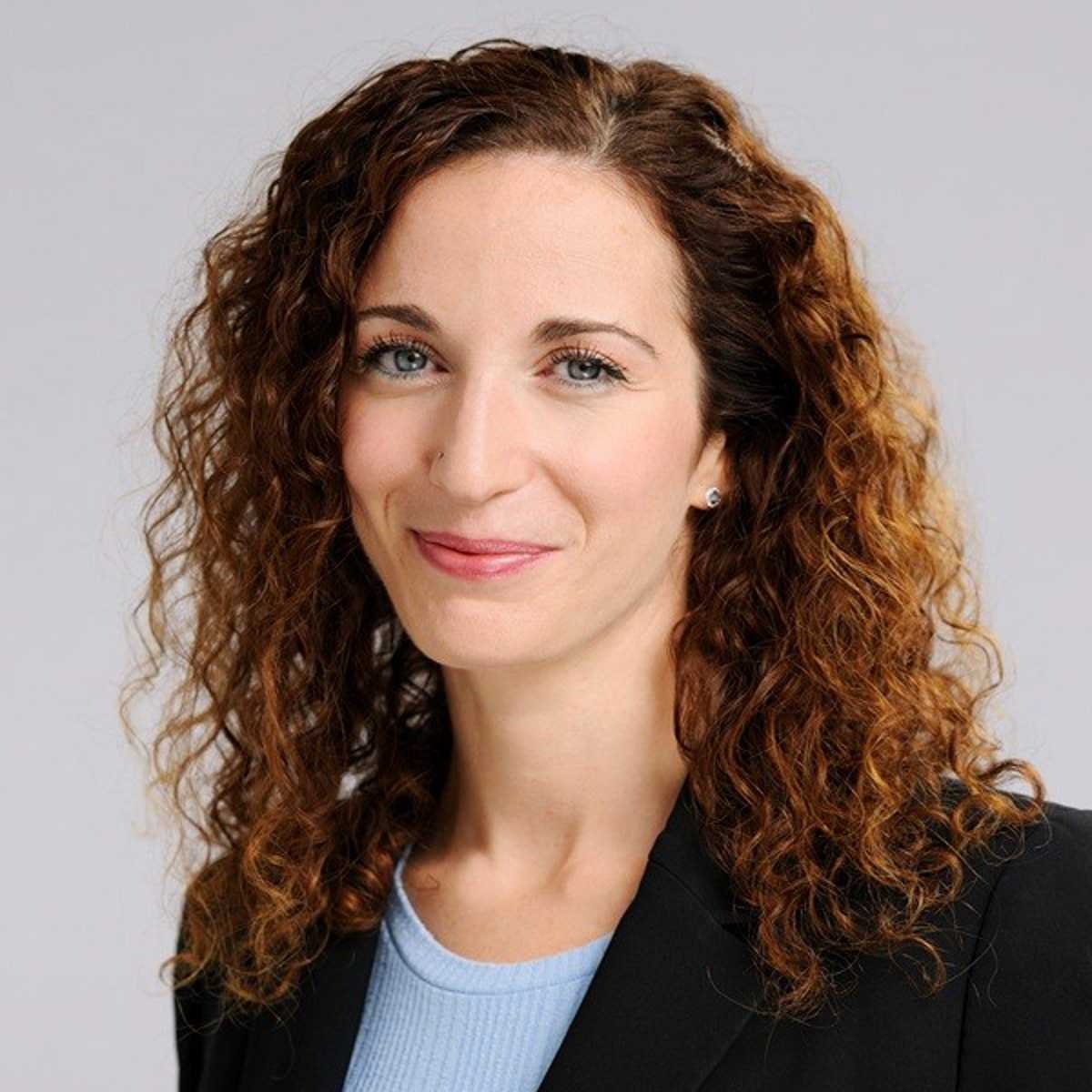

With 1.9 billion Muslims worldwide, it is likely that a portion of your workforce observes Ramadan. This ninth month of the Islamic calendar is the yearly spiritual pinnacle for many Muslims, and in recent years, it has become a heightened opportunity for conscious brands and organizations to connect meaningfully with global audiences.
In the UK, for instance, the Ramadan Tent Project marked its 11th annual Ramadan Festival, the largest of its kind, followed by the popular Eid in the Square celebrations hosted by the mayor of London. The Project’s Open Iftars have reached more than one million people of all backgrounds through meals at iconic landmarks like London’s Royal Albert Hall, Shakespeare’s Globe Theatre and Chelsea FC’s Stamford Bridge (the first for a Premier League club). In Germany, Frankfurt illuminated its streets for the first time. And across the pond, New York City’s annual prayer in Times Square is well on its way to becoming a household tradition.
The corporate world is also ramping up efforts to show solidarity with the Muslim community: Spotify launched the Ramadan Hub, a localized experience for listeners with daily curated content and personalized playlists to soundtrack their moods and moments. Others like PepsiCo and Salesforce host an annual Ramadan Challenge where non-Muslim employees volunteer to join the daily fast from sunrise to sunset and share their reflections.
Yet for many Muslims globally, Ramadan is typically the only time of year that brands speak to them, if that. Despite being a quarter of the global population, they are still hugely underrepresented in advertising, media, film and the list painfully goes on. Above all, Ramadan looks different for many Muslims this year, falling at a time of mounting humanitarian crises around the world, from Gaza and Sudan to Yemen and Myanmar, coupled with an alarming rise in Islamophobia.
Against this backdrop, organizations have an opportunity to connect with and understand their Muslim audiences in deeper and more profound ways. Here are five reminders to help you get started:
- Know that Muslims are a mosaic, not a monolith. From Dubai and Sydney to Dearborn and Cairo, Muslims reflect a multitude of identities and experiences. They are the most racially diverse religious group in the United States, with Black and Latino Muslims being the majority and fastest-growing, respectively. What’s more, a new generation of young and tech-savvy Muslims—”Generation M”—is redefining what religious and cultural identity looks like. With projections to spend $2.8 trillion by 2025, Muslim consumers know their worth and expect representation throughout the year in ways that reflect it.
- Leave crescent washing at the door. While representation matters, crescent moons and Ramadan-themed products for a marketing campaign cannot be the limit of your outlook. Take time to build authentic engagement with the Muslim community: understand their unique needs, expectations and nuances and start to incorporate them. Ask your teams: how does our brand align with Muslim values? How can we leverage our assets to meet the unique needs of this community or its subcommunities (e.g., Muslim women)? How are we supporting our Muslim colleagues year-round?
- Lean into the spirit of giving. Roughly 35% of the two billion people facing global poverty are in Muslim-majority countries. Companies can embrace Ramadan’s ethos of charity by donating to organizations supporting vulnerable Muslim communities or advancing issues that matter to them, from social justice to food security. Some are already leading the way: Hilton’s Green Ramadan campaign recorded a 61% reduction in food waste across the UAE, Saudi Arabia and Qatar, while PepsiCo’s Filling Hearts Outside the Box program provided more than 3 million meals to communities in Egypt, Iraq, Lebanon, Pakistan, Saudi Arabia and the UAE.
- Bring Muslims to the table. The data on the lack of Muslim representation is expanding: take this report from the USC Annenberg Inclusion Initiative for instance, backed by the Ford Foundation and Pillars Fund, which found that less than 2% of speaking roles in films are Muslim. The opportunities for elevating Muslims are abound, from amplifying Muslim voices on your platforms and providing access to opportunities and networks, to leveraging their perspectives for inclusive product design.
- Come to the iftar and stay a while. Most relevant brand and nonprofit campaigns are still centered around Ramadan, but Muslims expect communication year-round, not just around special occasions. Given the lack of Muslim representation, organizations have an opportunity to communicate with and engage the Muslim community beyond calendar moments, including more consistent support for Muslim colleagues.
Organizations must deepen their understanding of Muslims if they want to engage the next generation of consumers, employees and advocates. However you choose to approach your engagement, remember to be intentional in your execution—whether it be the strategy you design, the messaging you deliver, the communication you employ or the support you extend to the Muslim community.


